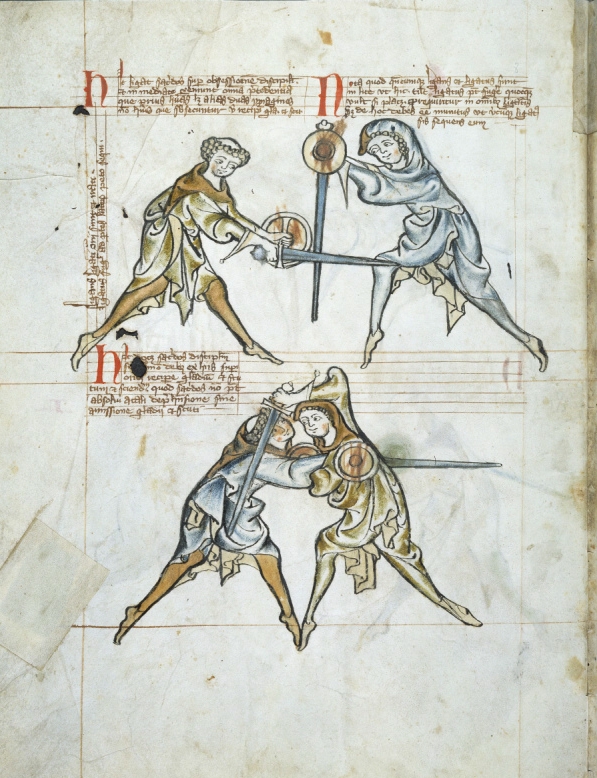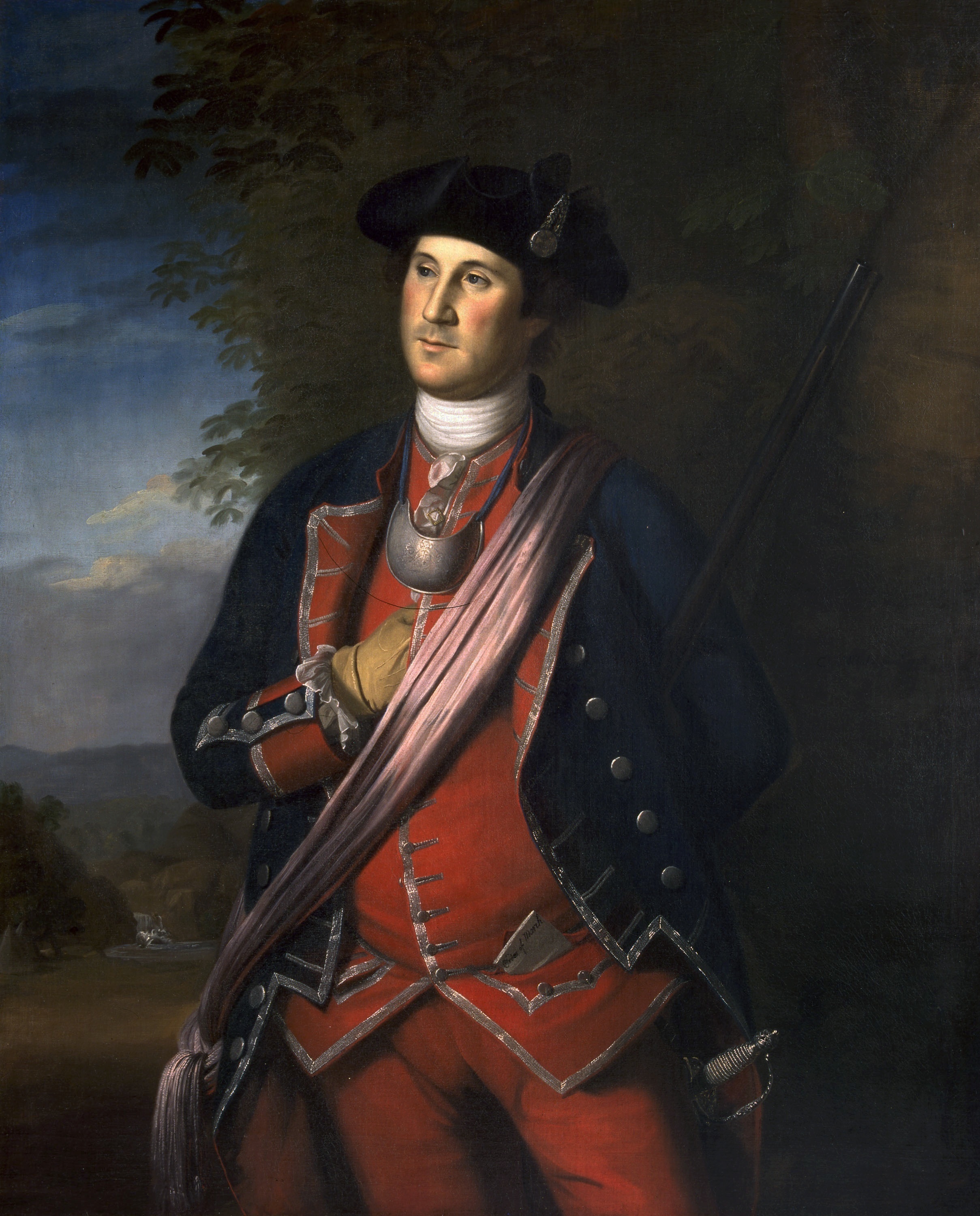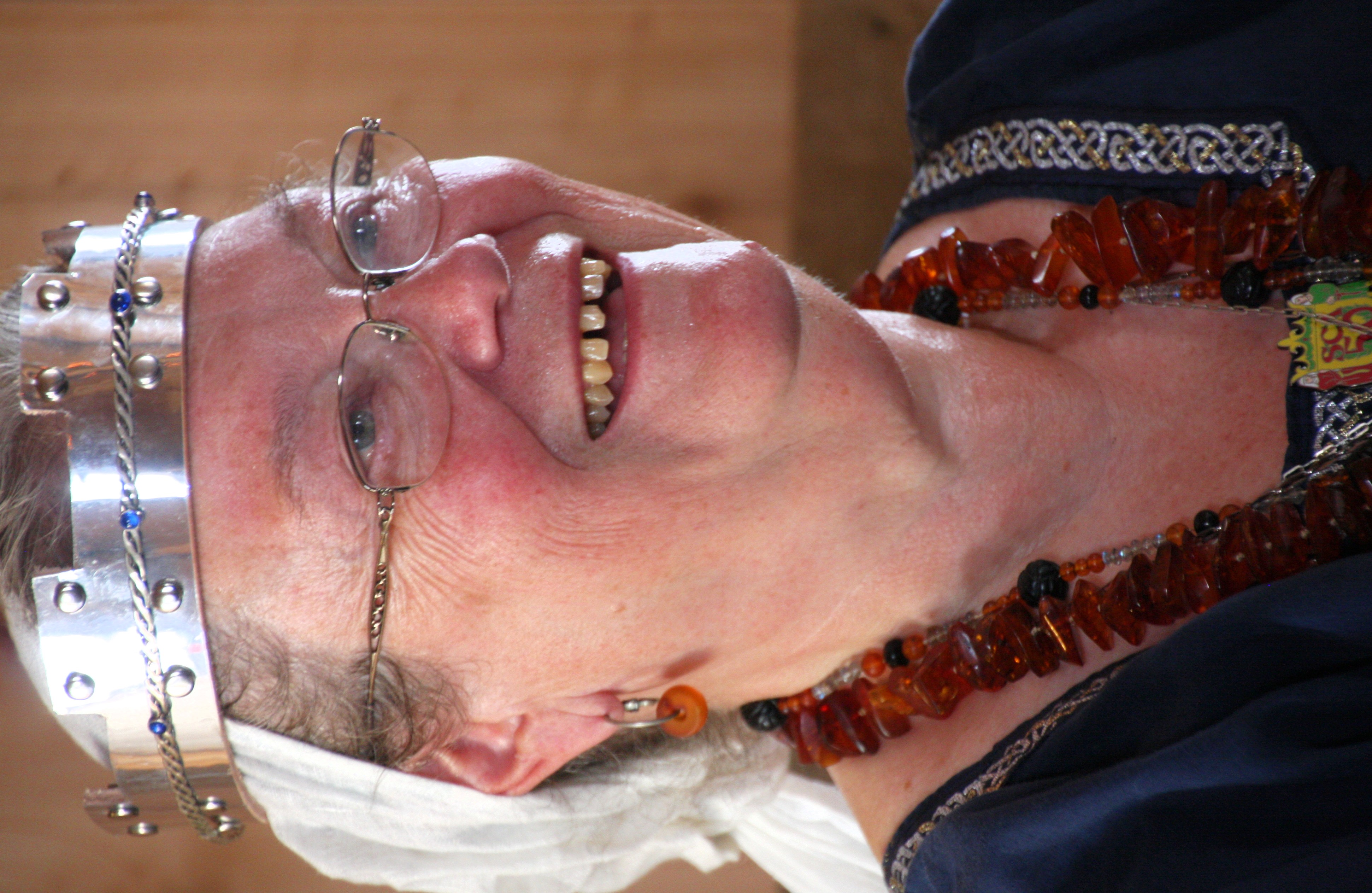|
SCA Fencing
Rapier combat is a style of historical fencing practiced in the Society for Creative Anachronism (SCA). The primary focus is to study, replicate and compete with styles of rapier sword-fighting found in Europe during the Renaissance period, using blunted steel swords and a variety of off-hand defensive items. Participants wear period clothing while competing, along with or incorporating protective equipment (such as modern fencing masks) for safety. In the April 2020 update of the rules, the sport was renamed 'Fencing Combat'. History Since the founding day of the Society for Creative Anachronism (SCA), there was an interest in simulated combat sport with a "medieval style". The first "tournaments" were highly informal and used a mishmash of fencing equipment and wooden weapons. The first combat style among the SCA that evolved into a formal rule set from this was Armored Combat, which uses wooden, padded and rubber weapons along with specially made body armor unique to that ... [...More Info...] [...Related Items...] OR: [Wikipedia] [Google] [Baidu] |
Historical Fencing
Historical European martial arts (HEMA) are martial arts of European origin, particularly using arts formerly practised, but having since died out or evolved into very different forms. While there is limited surviving documentation of the martial arts of classical antiquity (such as Greek wrestling or gladiatorial combat), most of the surviving dedicated technical treatises or martial arts manuals date to the late medieval period and the early modern period. For this reason, the focus of HEMA is ''de facto'' on the period of the half-millennium of ca. 1300 to 1800, with a German, Italian, and Spanish school flowering in the Late Middle Ages and the Renaissance (14th to 16th centuries), followed by French, English, and Scottish schools of fencing in the modern period (17th and 18th centuries). Martial arts of the 19th century such as classical fencing, and even early hybrid styles such as Bartitsu, may also be included in the term HEMA in a wider sense, as may traditional ... [...More Info...] [...Related Items...] OR: [Wikipedia] [Google] [Baidu] |
Gorget
A gorget ( ; ) was a band of linen wrapped around a woman's neck and head in the English medieval clothing, medieval period or the lower part of a simple chaperon (headgear), chaperon hood. The term later described a steel or leather Collar (clothing), collar to protect the throat, a set of pieces of plate armour, or a single piece of plate armour hanging from the neck and covering the throat and chest. Later, particularly from the 18th century, the gorget became primarily ornamental, serving as a symbolic accessory on military uniforms, a use which has survived in some armies (see below). The term may also be used for other things such as items of jewellery worn around the throat region in several societies, for example wide thin gold collars found in prehistoric Ireland dating to the Bronze Age. As part of armour In the High Middle Ages, when Mail (armour), mail was the primary form of metal body armour used in Western Europe, the mail coif protected the neck and lower fa ... [...More Info...] [...Related Items...] OR: [Wikipedia] [Google] [Baidu] |
Giacomo Di Grassi
Giacomo () is an Italian given name corresponding to English James. It is the Italian version of the Hebrew name Jacob. People bearing the name include: * Giacomo Acerbo (1888–1969), Italian economist and Fascist politician *Giacomo Agostini (born 1942), Italian motorcycle road racer * Giacomo Antonelli (1806–1876), Italian cardinal * Giacomo Aragall (born 1939), Catalan tenor *Giacomo Balla (1871–1958), Italian painter *Giacomo Barozzi da Vignola (1507–1573), Italian Mannerism architect * Giacomo Beltrami (1779–1855), Italian jurist, author, and explorer *Giacomo Biffi (1928–2015), Italian cardinal * Giacomo Bonaventura (born 1989), Italian footballer * Giacomo Boni (archaeologist) (1859–1925), Italian archaeologist specializing in Roman architecture * Giacomo Boni (painter) (1688–1766), Italian painter of the late-Baroque period, active mainly in Genoa * Giacomo Brodolini (1920–1969), Italian politician *Giacomo Carissimi (1605–1674), Italian Baroque compos ... [...More Info...] [...Related Items...] OR: [Wikipedia] [Google] [Baidu] |
Ridolfo Capo Ferro
Ridolfo Capo Ferro da Cagli (Ridolfo Capoferro, Rodulphus Capoferrus) was an Italians, Italian fencing master in the city of Siena, best known for his rapier fencing treatise published in 1610. He seems to have been born in the town of Cagli in the Duchy of Urbino (nowadays Province of Pesaro e Urbino), but was active as a fencing master in Siena, Grand Duchy of Tuscany, Tuscany. Little else is known about his life, though the dedication to Federico Ubaldo della Rovere, Duke of Urbino, Federico Ubaldo della Rovere, the young son of Duke Francesco Maria II della Rovere, Duke of Urbino, Francesco Maria II della Rovere, may indicate that he was associated with the court at Urbino in some capacity. The statement at the beginning of Capo Ferro's treatise describing him as a "master of the great German nation"Capo Ferro da Cagli, Ridolfo. ''Gran Simulacro dell'Arte e dell'Uso della Scherma''. Siena, 1610. p 1. likely signifies that he was faculty at the University of Siena, either holdin ... [...More Info...] [...Related Items...] OR: [Wikipedia] [Google] [Baidu] |
Gleann Abhann
The Society for Creative Anachronism (SCA) is an international living history group with the aim of studying and recreating mainly Medieval European cultures and their histories before the 17th century. A quip often used within the SCA describes it as a group devoted to the Middle Ages "as they ought to have been", choosing to "selectively recreate the culture, choosing elements of the culture that interest and attract us". Founded in 1966, the non-profit educational corporation has over 20,000 paid members as of 2020 with about 60,000 total participants in the society, including members and non-member participants. History The SCA's roots can be traced to a backyard party of a UC Berkeley medieval studies graduate, the author Diana Paxson, in Berkeley, California, on May Day in 1966. The party began with a "Grand Tournament" in which the participants wore helmets, fencing masks, and usually some semblance of a costume, and sparred with each other using weapons such as plywood ... [...More Info...] [...Related Items...] OR: [Wikipedia] [Google] [Baidu] |
East Kingdom
The Society for Creative Anachronism (SCA) is an international living history group with the aim of studying and recreating mainly Medieval European cultures and their histories before the 17th century. A quip often used within the SCA describes it as a group devoted to the Middle Ages "as they ought to have been", choosing to "selectively recreate the culture, choosing elements of the culture that interest and attract us". Founded in 1966, the non-profit educational corporation has over 20,000 paid members as of 2020 with about 60,000 total participants in the society, including members and non-member participants. History The SCA's roots can be traced to a backyard party of a UC Berkeley medieval studies graduate, the author Diana Paxson, in Berkeley, California, on May Day in 1966. The party began with a "Grand Tournament" in which the participants wore helmets, fencing masks, and usually some semblance of a costume, and sparred with each other using weapons such as plywood ... [...More Info...] [...Related Items...] OR: [Wikipedia] [Google] [Baidu] |
Heraldic Badge
A heraldic badge, emblem, impresa, device, or personal device worn as a badge indicates allegiance to, or the property of, an individual, family or corporate body. Medieval forms are usually called a livery badge, and also a cognizance. They are para-heraldic, not necessarily using elements from the coat of arms of the person or family they represent, though many do, often taking the crest (heraldry), crest or supporters. Their use is more flexible than that of arms proper. Badges worn on clothing were common in the late Middle Ages, particularly in England. They could be made of base metal, cloth or other materials and worn on the clothing of the followers of the person in question; grander forms would be worn by important persons, with the Dunstable Swan Jewel in enamelled gold a rare survivor. Livery collars were also given to important persons, often with the badge as a pendant. The badge would also be embroidery, embroidered or appliqued on heraldic flag, standards, horse tra ... [...More Info...] [...Related Items...] OR: [Wikipedia] [Google] [Baidu] |
Livery Collar
A livery collar or chain of office is a collar (jewelry), collar or heavy Link chain, chain, usually of gold, worn as insignia of office or a mark of fealty or other association in Europe from the Middle Ages onwards. One of the oldest and best-known livery collars is the #Collar of Esses, Collar of Esses, which has been in continuous use in England since the 14th century. History Origins Various forms of livery were used in the Middle Ages to denote attachment to a great person by friends, servants, and political supporters. The collar, usually of precious metal, was the grandest form of these, usually given by the person the livery denoted to his closest or most important associates, but should not, in the early period, be seen as separate from the wider phenomenon of livery badges, clothes and other forms. From the collar hung a heraldic badge, badge or device indicating the person the livery related to; the most important part of the ensemble for contemporaries. Equally gold ... [...More Info...] [...Related Items...] OR: [Wikipedia] [Google] [Baidu] |
Pennsic
The Pennsic War is an annual American medieval and Renaissance camping event held by the Society for Creative Anachronism (SCA), a "war" between two large regional SCA groups: the Kingdom of the East and the Middle Kingdom. It is the single largest annual SCA event, with more than 10,000 people attending each year, from as far as China, South Korea, Sweden, Germany, France, Italy, Greece, and Australia. Pennsic is held in late summer and lasts for 17 days (begins on a Friday, ends on the third Sunday). The event centers on pre-17th century history and culture with all campers dressing in historically relevant clothing. The winners of the battles and other activities receive war points, and the Kingdom with the most war points wins that Pennsic. The Pennsic War uses numbers to identify each war rather than the year it was held, so the 2019 event was known as "Pennsic War 48", there having been 47 previous events. Due to the COVID-19 pandemic, no Pennsic event was held in 2020 o ... [...More Info...] [...Related Items...] OR: [Wikipedia] [Google] [Baidu] |
Honor System
An honor system, trust system or honesty system is a way of running a variety of endeavors based on trust, honor, and honesty. The honor system is also a system granting freedom from customary surveillance (as to students or prisoners) with the understanding that those who are so freed will be bound by their honor to observe regulations (e.g. prison farms may be operated under the honor system), and will therefore not abuse the trust placed in them. Examples Education The first honor system in America was created at the College of William & Mary in 1779. In some colleges, the honor system is used to administer tests unsupervised. Students are generally asked to sign an honor code statement that says they will not cheat or use unauthorized resources when taking tests. As an example, at Vanderbilt University students taking examinations are required to sign and include the following pledge: “I pledge on my honor that have neither given nor received unauthorized aid o ... [...More Info...] [...Related Items...] OR: [Wikipedia] [Google] [Baidu] |
Piste (fencing)
In modern fencing Fencing is a combat sport that features sword fighting. It consists of three primary disciplines: Foil (fencing), foil, épée, and Sabre (fencing), sabre (also spelled ''saber''), each with its own blade and set of rules. Most competitive fe ..., the piste or strip is the playing area. Regulations require the piste to be 14 metres long and 1.5 metres wide. The last two metres on each end are hash-marked to warn a fencer before they back off the end of the strip, after which is a 1.5 to 2 metre runoff. The piste is also marked at the centre and at the "''en garde''" lines, located two metres either side of the center line. Retreating off the end of the strip with both feet results in a touch awarded for the opponent. Going off the side of the strip with one or both feet halts the fencing action, and is penalized by allowing the opponent to advance one metre before being replaced on guard. If the offending fencer would then be replaced behind the rear limit ... [...More Info...] [...Related Items...] OR: [Wikipedia] [Google] [Baidu] |







